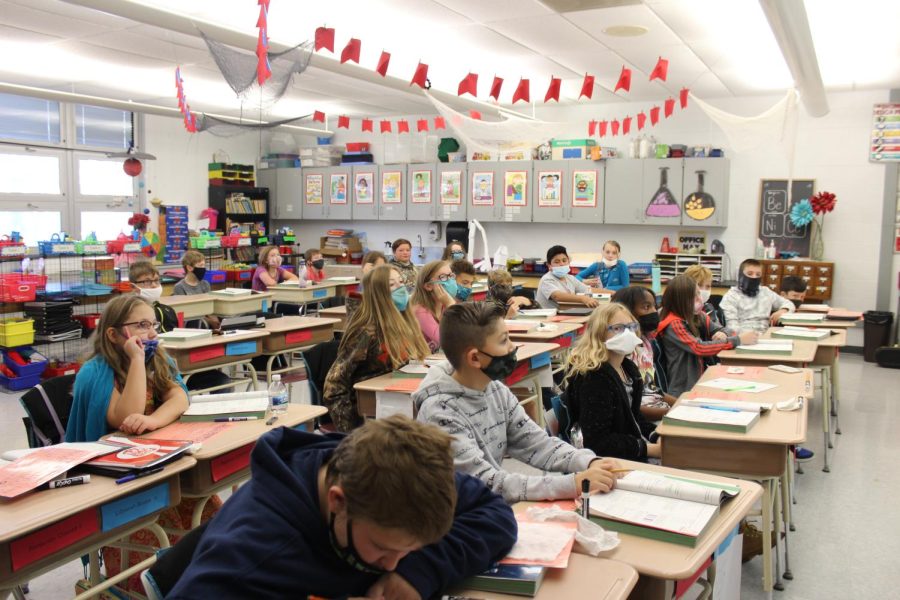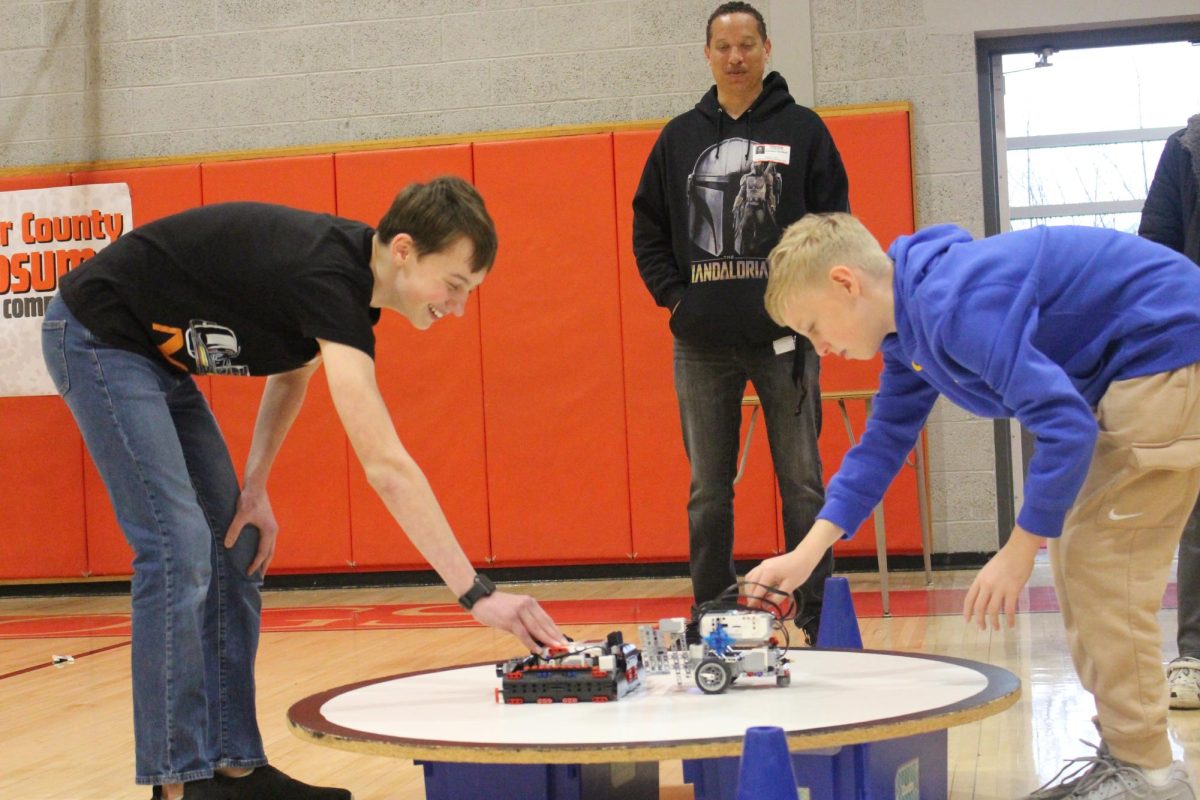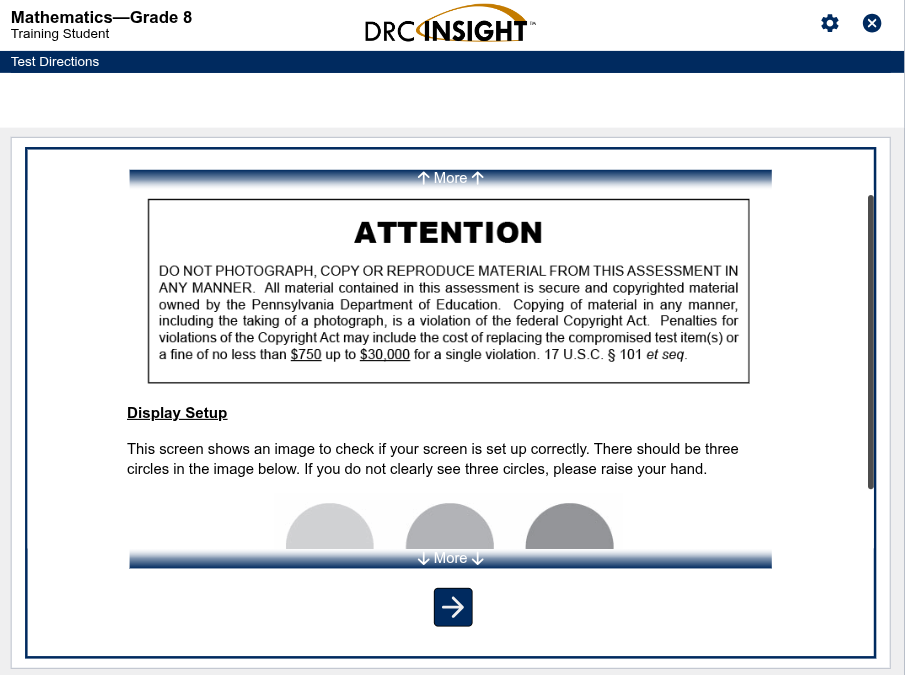The middle school continues to step up for neurodivergent inclusivity
Watching the Smartboard, Mrs. Perry’s third period class focuses on the lecture
October 22, 2021
Starting in 2003, the district began taking larger steps to assure all students success with education. More specifically, this applies to neurodivergent children. Neurodiversity is a term that surfaced in the late 1990s, introduced by Judy Singer, who is a sociologist who studies autism. The term recognizes that atypical developments are a normal deviation in the brain.
According to the American Association of School Administrators, approximately 7.3 million, or 14 percent, of students with learning disabilities secure decent special education services annually. These services are required by the Individuals with Disabilities Education Act, also known as IDEA. In 1975, federal law mandated access to education for students with disabilities,although, to this day, a large number of schools continue to use detrimental and dated models of education. These include dividing students into different buildings, wings, or classrooms.
Inclusion was often unrecognized as a viable option amongst many learning environments, but it is vital to recognize the approach Freedom Middle School takes and has taken to inclusive education.
“We look to find ways to use [the students’] strengths in the different activities,” Mrs. Jennifer Glover, fifth grade learning support teacher, stated, “and then we build on those strengths to work on the areas they might need support in.”
Building on a child’s strengths may be done in multiple ways, one of which is recognizing their learning style. The most effective way of education is visual learning, for over 65 percent of the population are visual learners. Though this is the case, visual learning is not as effective for plenty of students with and without intellectual disabilities.
There are three primary learning styles or techniques, which include kinesthetic, auditory, and visual. Those who are kinesthetic learners comprehend information through manipulating tangible objects. Auditory learners acquire knowledge by listening, and visual learners are educated through watching and drawing. Educators within the district tackle all ways of knowledge comprehension in hopes of giving a solid foundation for their students’ success.
Mr. Dante DeNome, grade eight history teacher, shared,“I try to gear towards every students’ special needs in terms of learning techniques,” he began, “every class we try to incorporate those [learning techniques] into the classroom setting.”
“Whether we do class discussion, hands-on projects, collaborative work, we try to use different means of teaching strategies to incorporate every kids’ learning style,” Mr. DeNome added.
When it comes to neurodiversity for special needs, there are instances where a child needs to be taken out of a general education classroom. This allows the child to communicate with their educator or educators on their places of struggle, as well as multiple other advantages.
“Students with special needs are taken out of classrooms for any type of assessment because the smaller setting sometimes minimizes anxiety. It makes students more comfortable and lets their minds think more clearly,” Mrs. Shanda Wyatt, sixth grade learning support teacher, said.
Whether or not a child with a disability is taken out of the classroom is a decision to be made by them and their IEP team, which is a group composed of the individual’s parents, support teachers, and few general education teachers. The bodies in an IEP team may differ depending on where or if the student is present in regular classrooms.



![Lucia Haney [Editor in Chief] working hard to ensure Ink and Imagination is a success.](https://bulldogbarker.com/wp-content/uploads/2025/05/Ink-and-Imagination-1200x800.jpg)









